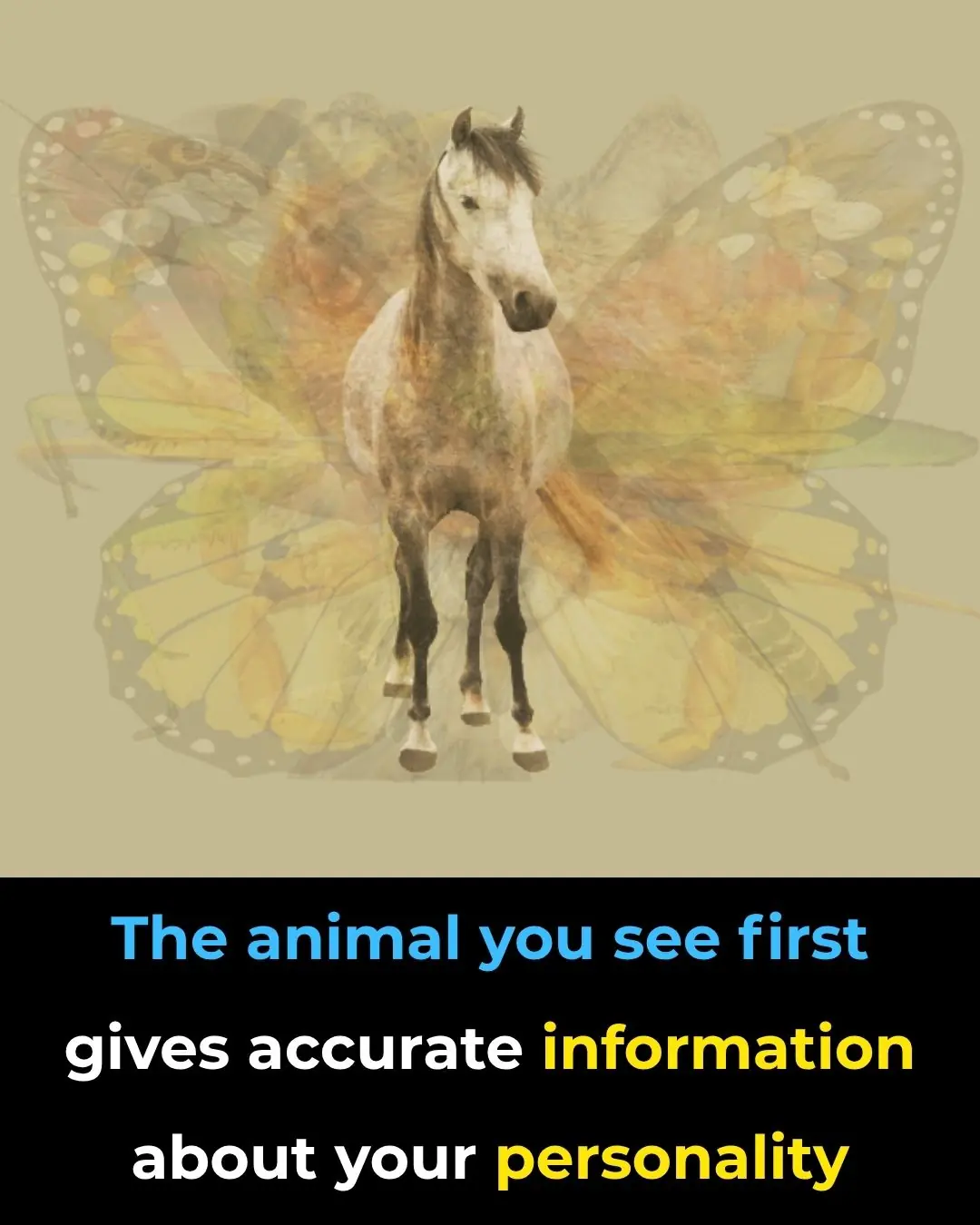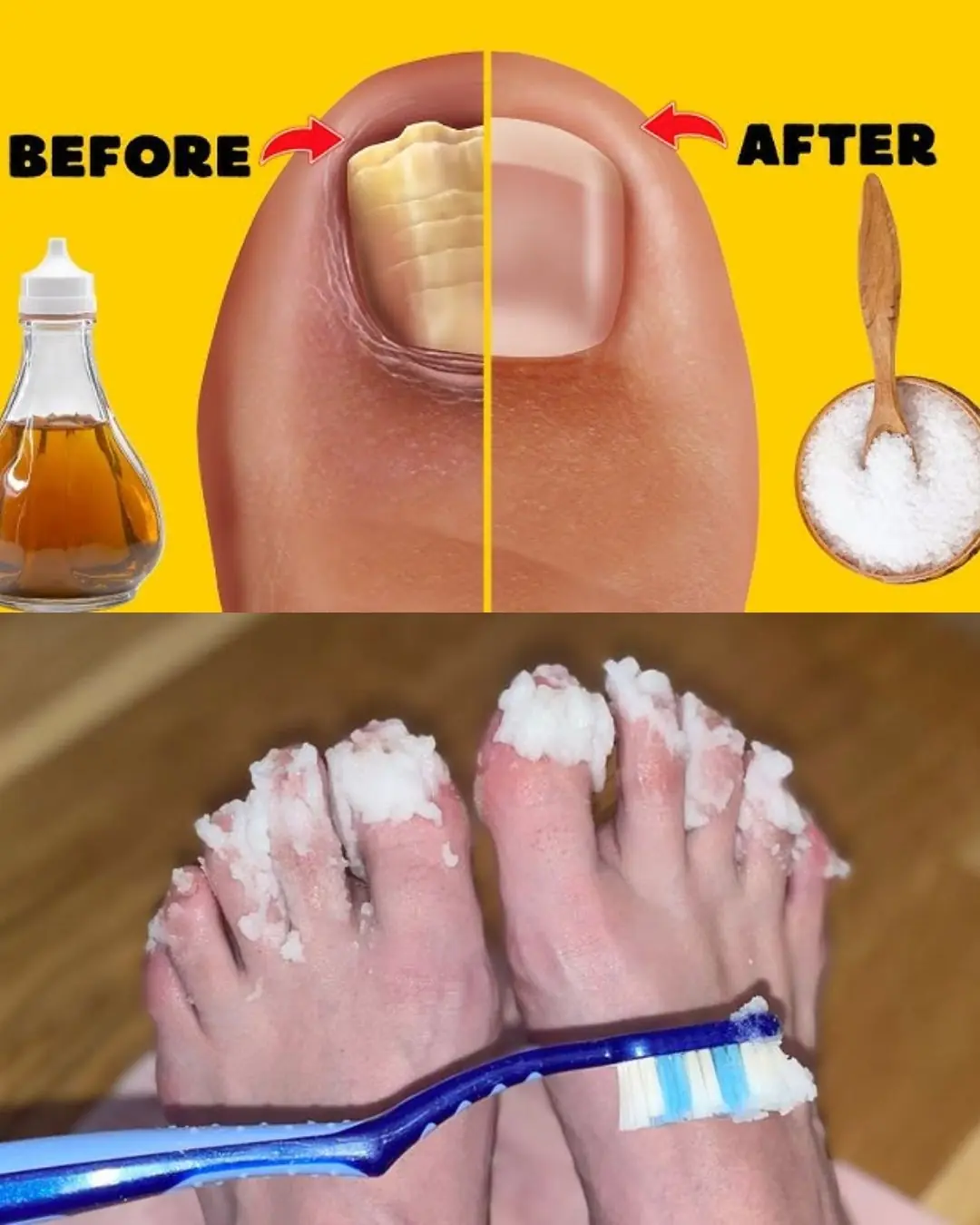
5 Hidden Signs Cataracts Are Already Affecting Your Eyes (and How to Stop Them After 60)
5 Hidden Signs Cataracts Are Already Affecting Your Eyes (and How to Stop Them After 60)
If driving at night feels more dangerous, or colors seem dull, you might be experiencing the early signs of cataracts. A cataract is the progressive clouding of the eye’s natural, transparent lens, and it is a near-universal part of aging: almost $90\%$ of people over age $75$ have some degree of formation.
The good news is that you can significantly slow their progression, but first, you must learn to spot the subtle warning signs that can appear years before a formal diagnosis.
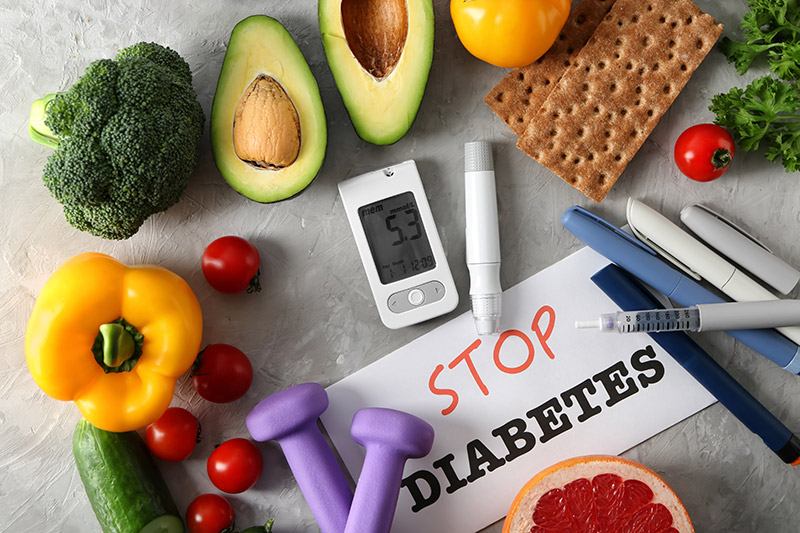
The 5 Early Warning Signs You Must Not Ignore
Don't assume these slow changes are just "normal aging." If you notice any of these, schedule a comprehensive eye exam.
1. Progressive Blurry Vision
This is the most common sign: a slow, creeping blurriness, especially when focusing on distant objects. It feels like constantly looking through a thin layer of mist. Because the change is so gradual, your brain adapts, and you may not realize how much vision you’ve lost until it’s pointed out.
2. Excessive Glare and Halos at Night
This is a key safety risk. Headlights, streetlights, and bright sunlight start to create distracting halos, starbursts, and overwhelming glare. This light scatter happens because the cloudy lens has tiny structural irregularities that disperse light instead of focusing it cleanly. Many people with early cataracts give up night driving without knowing why—the glare is the reason.
3. Colors Seem Faded or Yellowish
Colors become dull, washed out, and less vibrant. This happens because the aging lens naturally yellows over time, acting like a built-in yellow or brown filter. This filter primarily blocks blue and violet light, quietly altering your perception of the world. Many patients only rediscover the true brilliance of colors after cataract removal.
4. Double Vision in a Single Eye (Monocular Diplopia)
This specific symptom is a strong indicator of lens trouble. If you cover one eye and still see a double image with the other, it could be the cataract. Irregularities in the cloudy lens can split the light, creating multiple images on the retina. (Note: Double vision with both eyes open is usually a different, potentially neurological, issue.)
5. Frequent Changes in Your Glasses Prescription
If you feel like you constantly need a new pair of glasses—sometimes even seeing a temporary "miracle" where you become more nearsighted (myopic shift) and can suddenly read without readers—it's a sign. The progressing cataract is physically changing the refractive index of your lens, leading to constant, frustrating flux in your vision.
The One Mistake That Accelerates Cataracts Most
While age and genetics are uncontrollable, several lifestyle factors dramatically speed up the clouding process. The single most significant modifiable factor is sun exposure.
Mistake to Avoid: Skipping UV Protection
Sun Exposure: Ultraviolet ($\text{UV}$) radiation from the sun damages the proteins in your lens over time. The damage is cumulative, similar to how a clear piece of plastic turns yellow and opaque after years in the sun.
-
How to Stop It: Always wear high-quality sunglasses that offer $100\%$ $\text{UVA/UVB}$ protection or are labeled “$\text{UV400}$.”
Other Critical Risk Factors You Control
-
Smoking: Smoking doubles your risk because the toxic chemicals accelerate the oxidation and damage of lens proteins. When you quit, your risk begins to progressively decrease.
-
Poorly Controlled Diabetes: People with high, unstable blood sugar are two to five times more likely to develop early cataracts. Maintaining stable blood glucose levels significantly reduces this risk.
-
Corticosteroid Use: Long-term use of these medications can also increase risk.
Busting the 5 Biggest Cataract Myths
| Myth | Reality |
| Eye drops can cure cataracts. | False. No eye drops, medications, or supplements can dissolve or reverse a formed cataract. The only definitive treatment is surgery. |
| Reading or using screens causes them. | False. These activities cause strain or fatigue, but they do not cause the lens to become cloudy. |
| You must wait for them to be “ripe.” | False. This is an outdated belief. Modern surgery is performed when the cataract begins to impact your quality of life, regardless of its density. |
| Cataract surgery is dangerous. | False. It is one of the safest and most successful procedures in modern medicine, with a success rate between $95\%$ and $98\%$. |
| Cataracts can grow back. | False. The cloudy lens is permanently removed and replaced with a clear artificial lens. A hazy membrane may form later, but it is easily corrected with a quick, permanent laser procedure. |
The message is clear and empowering: you can actively protect your vision and slow the progression of cataracts. Pay attention to these early signs, maintain your healthy habits, and know that if the time for surgery comes, it is a safe procedure that can fully restore your sight.
News in the same category

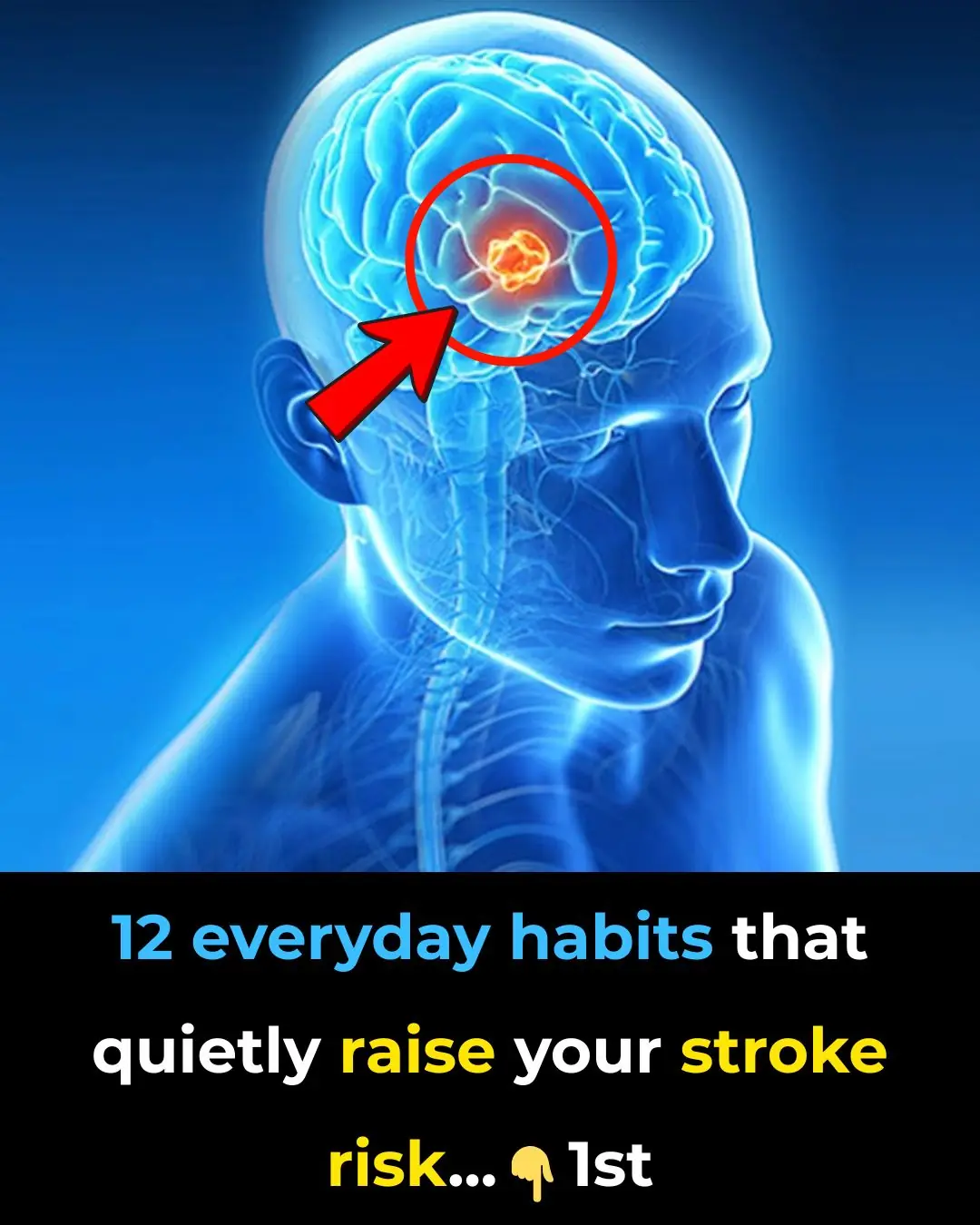
12 everyday habits that quietly raise your stroke risk
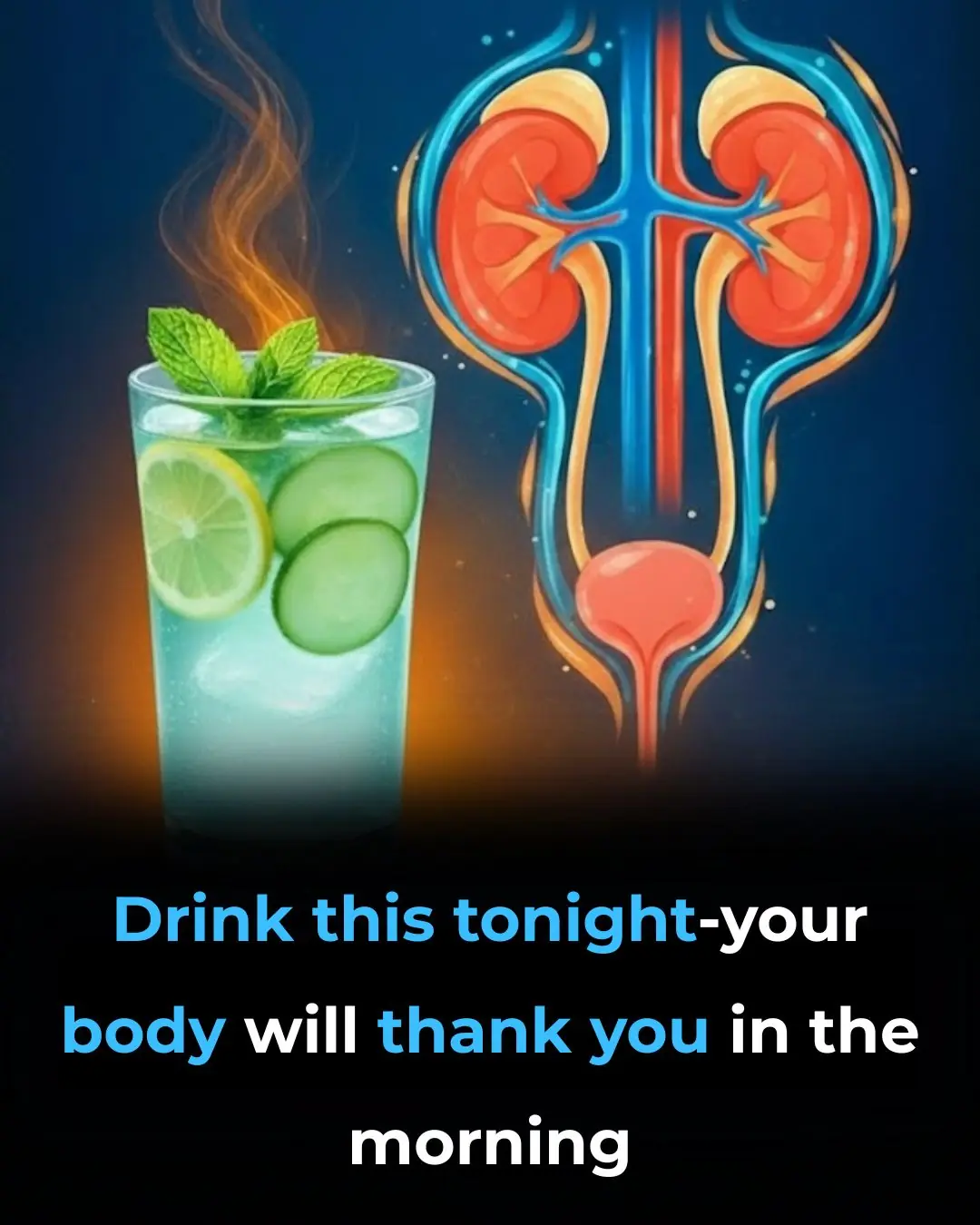
Drink this before bed to balance blood sugar & stop nighttime bathroom trips!
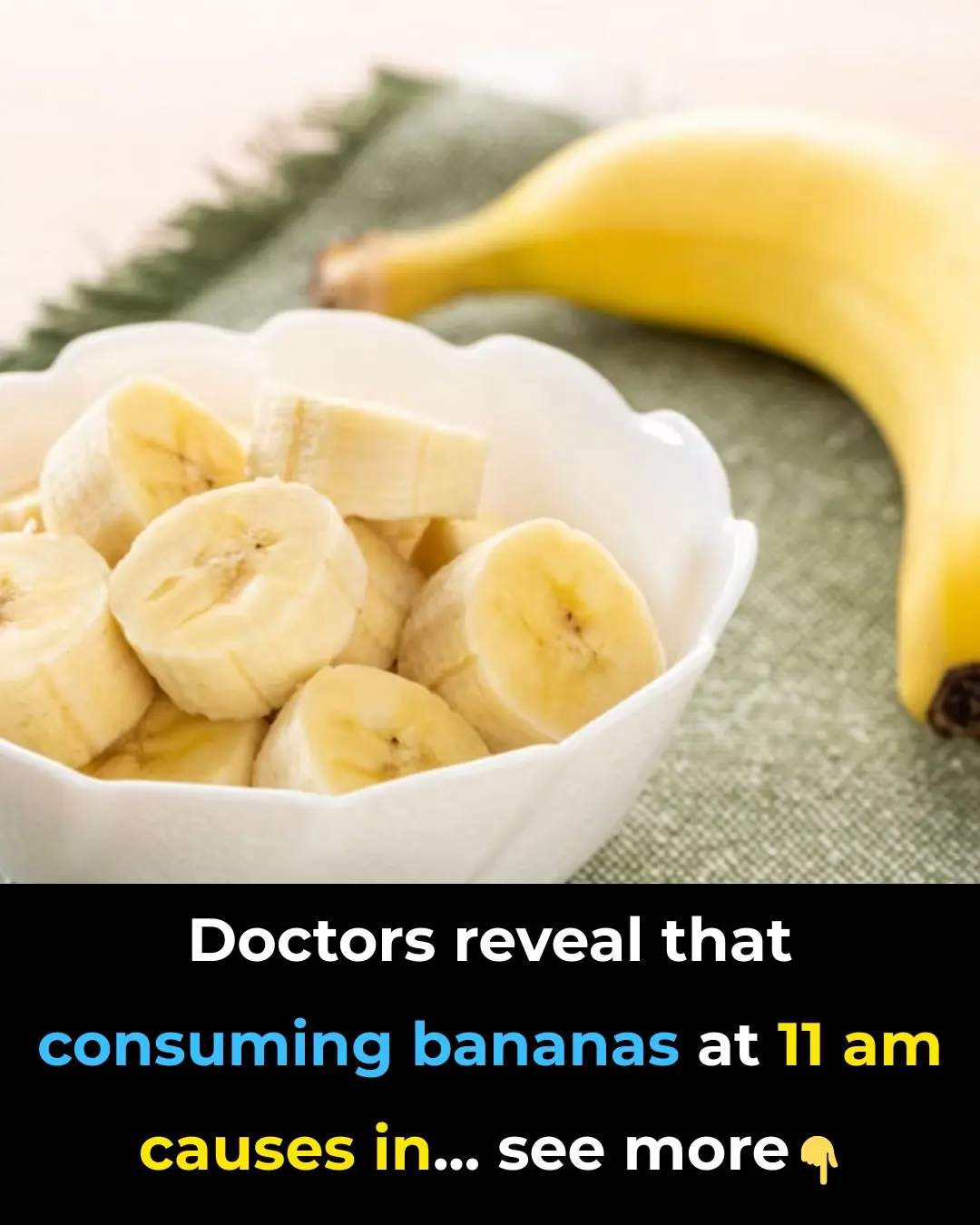
Doctors reveal that consuming bananas at 11 am causes in
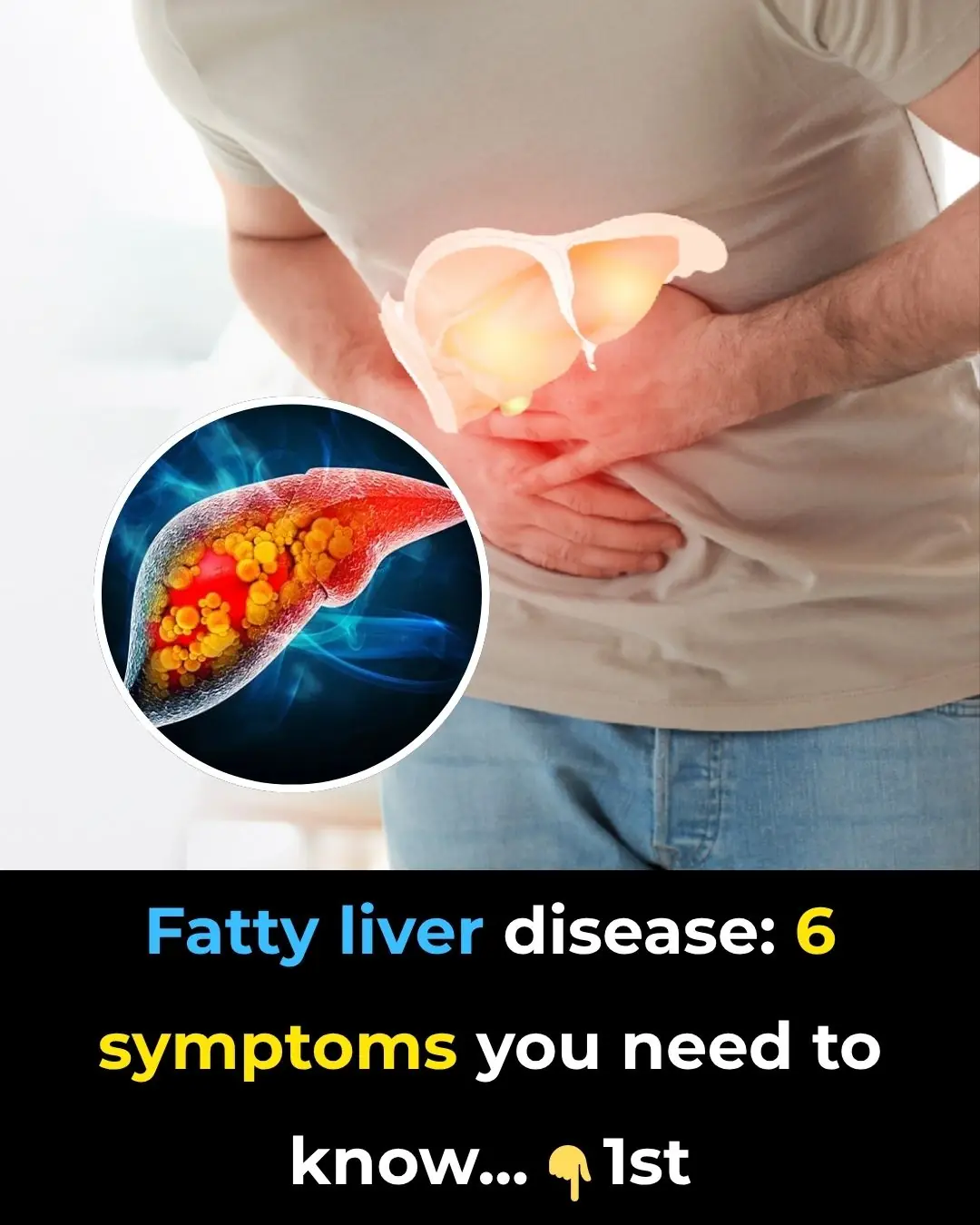
Fatty liver disease: 6 symptoms you need to know

The Mystery Behind Sudden Sharp Chest Pains Has Finally Been Solved

10 Unusual Foot Symptoms That May Indicate Diabetes
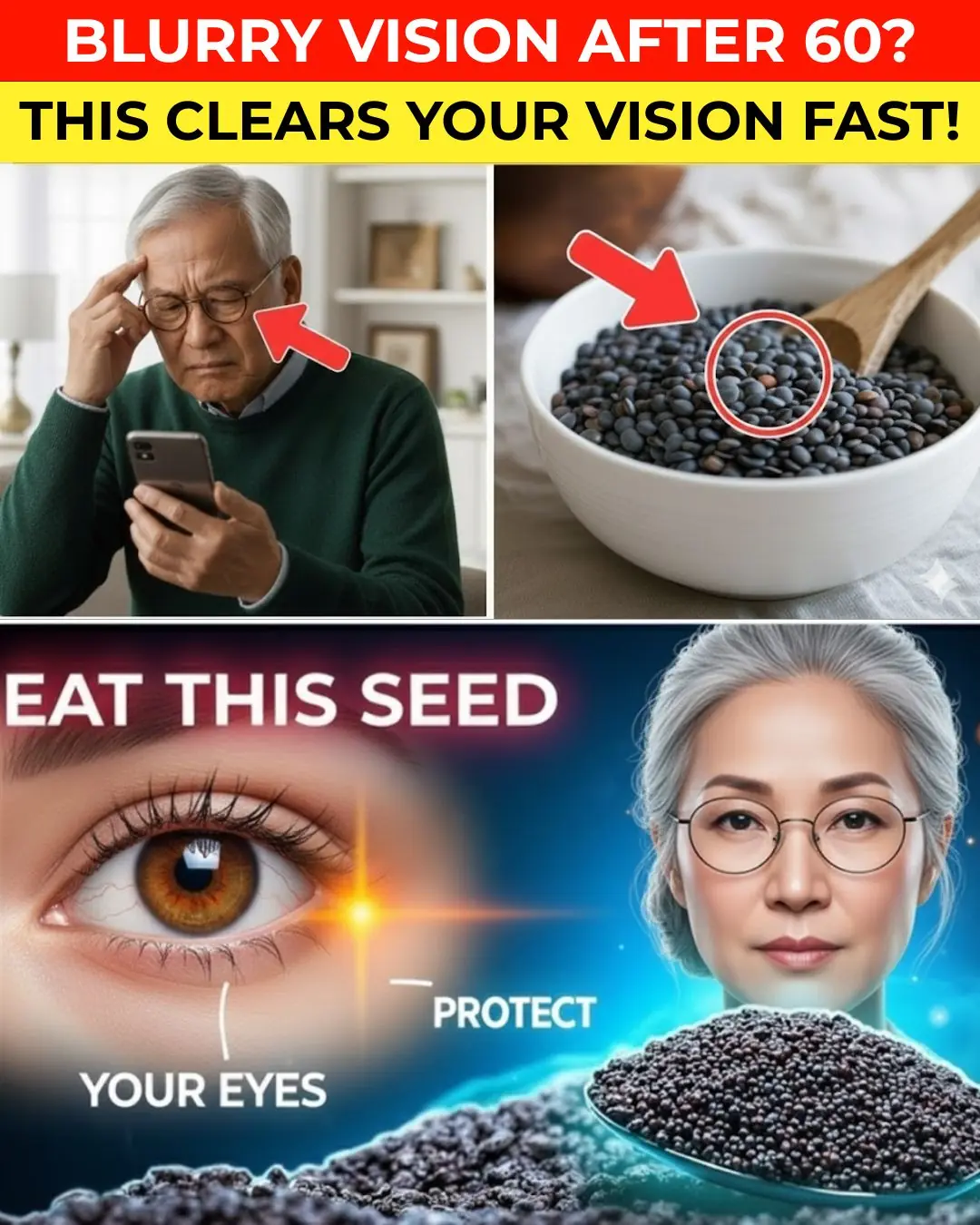
Eat This Seed and Watch Your Vision Improve — Especially After 60!

Why You Should Never Ignore a Bump on Your Inner Thigh and How to Get Rid of It
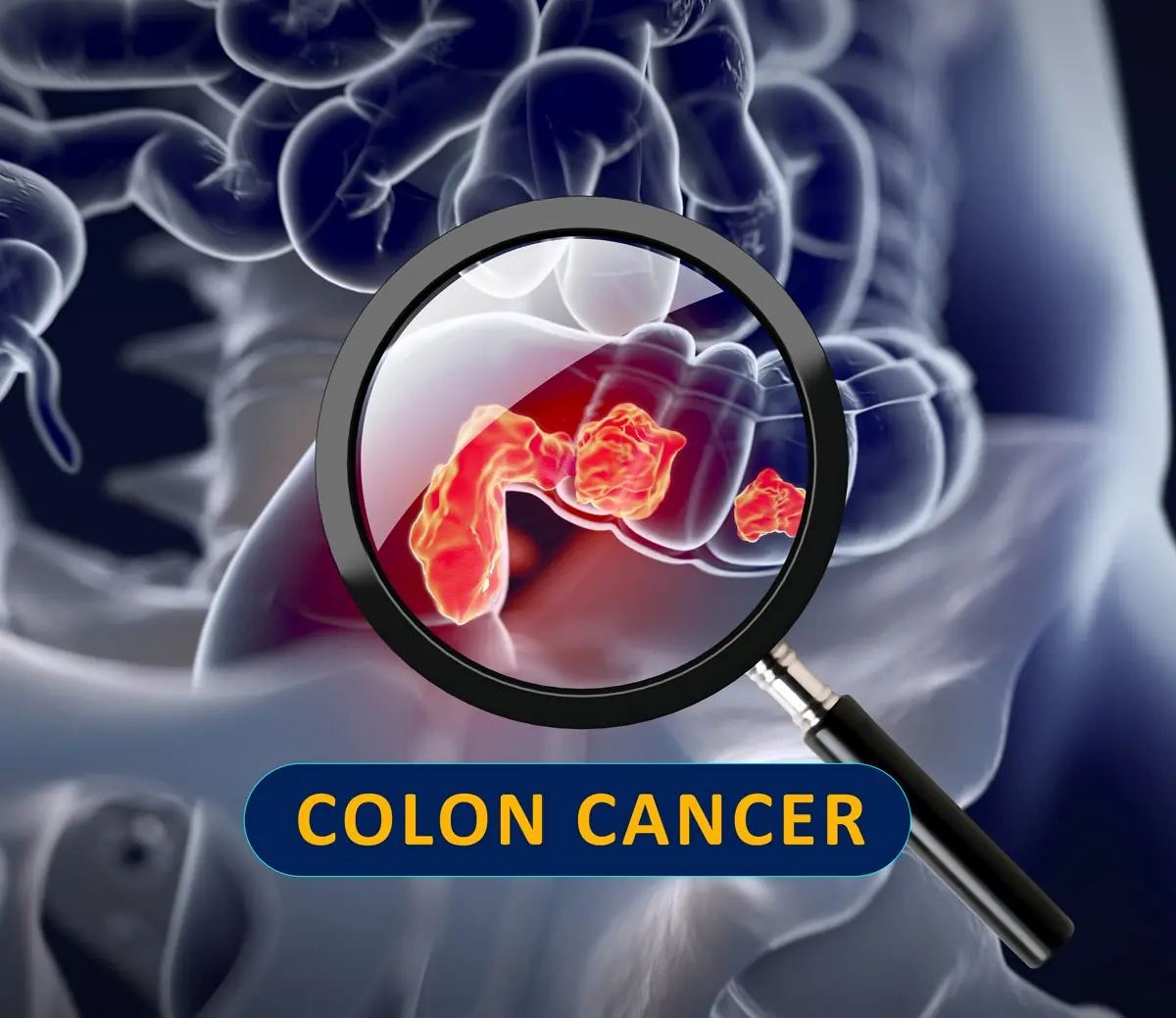
New Research Finds 40–50% of Colon Cancer Cases Can Be Prevented by Doing These Simple Things
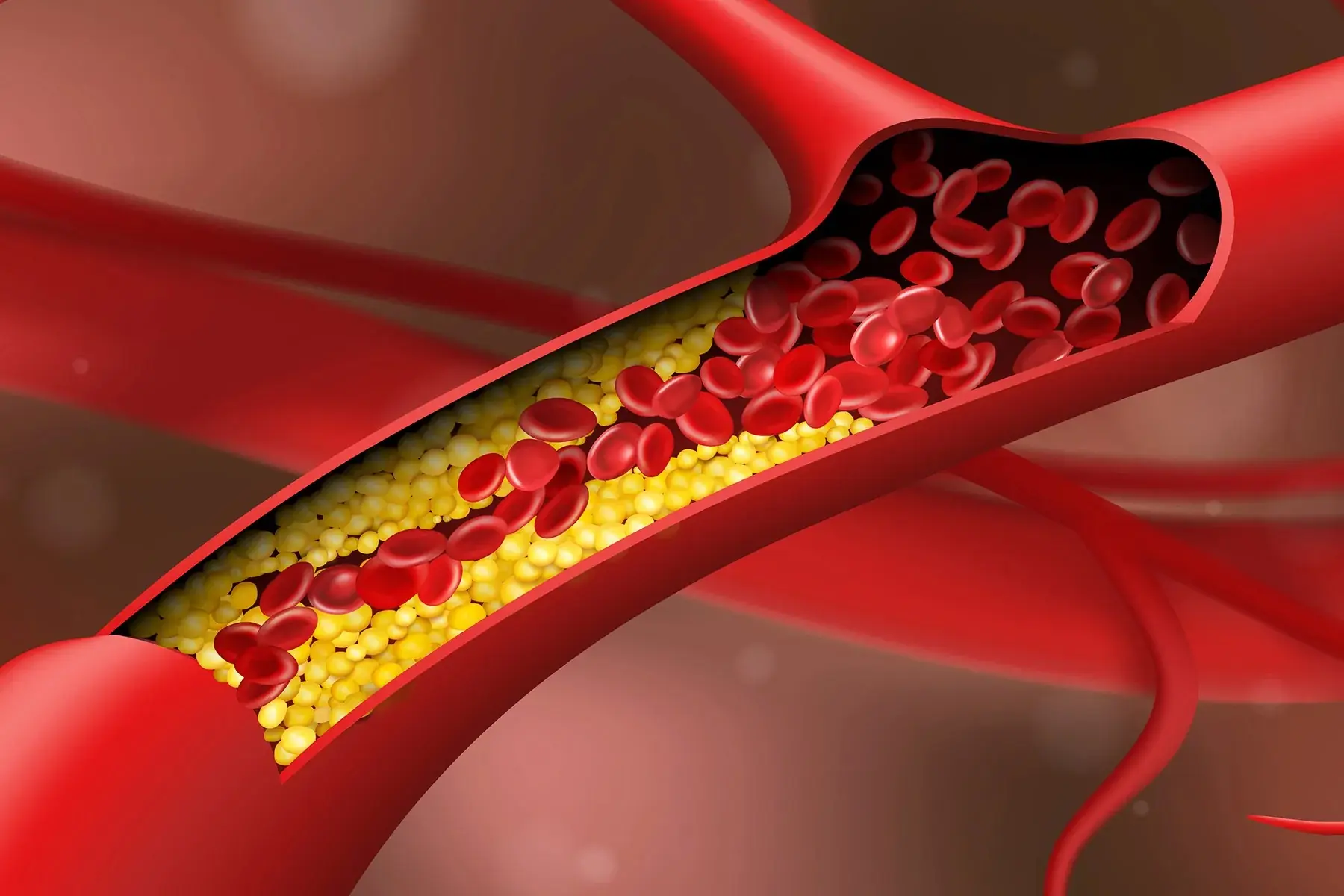
CLOGGED ARTERIES TRIGGER HEART ATTACKS AND STROKE EAT THIS TO HELP UNCLOG YOUR ARTERIES
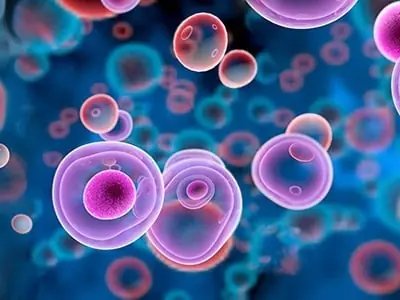
How Water Fasting Triggers Powerful Cellular Healing and Reveals Surprising Long-Term Benefits
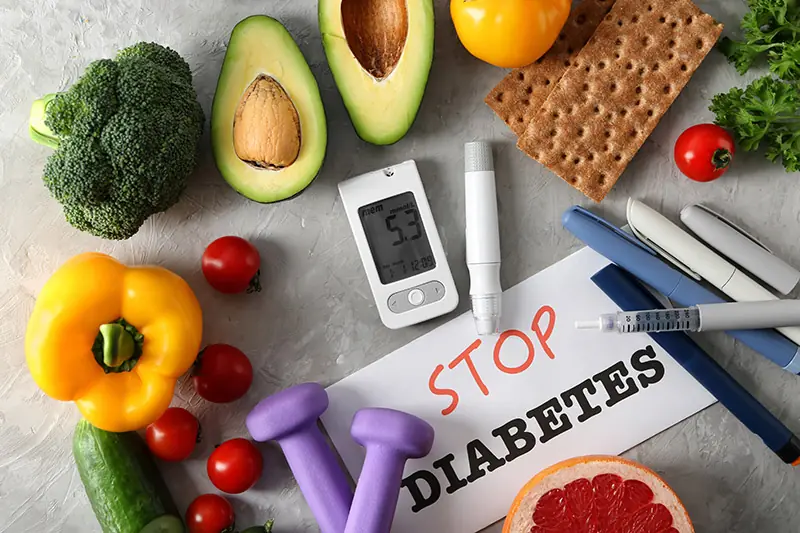
90% of Diabetes Cases Could End If You STOP These Foods

Drink One Cup Daily of Mullein Tea to Cleanse Your Lungs of Phlegm and Toxins
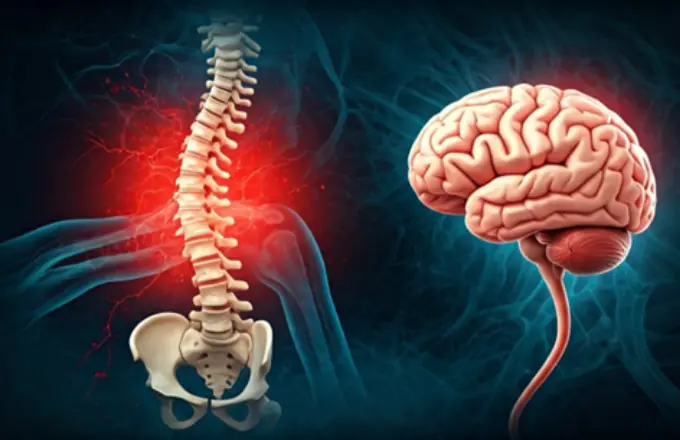
Agmatine: A Little-Known Nutrient for Fibromyalgia and Nerve Pain
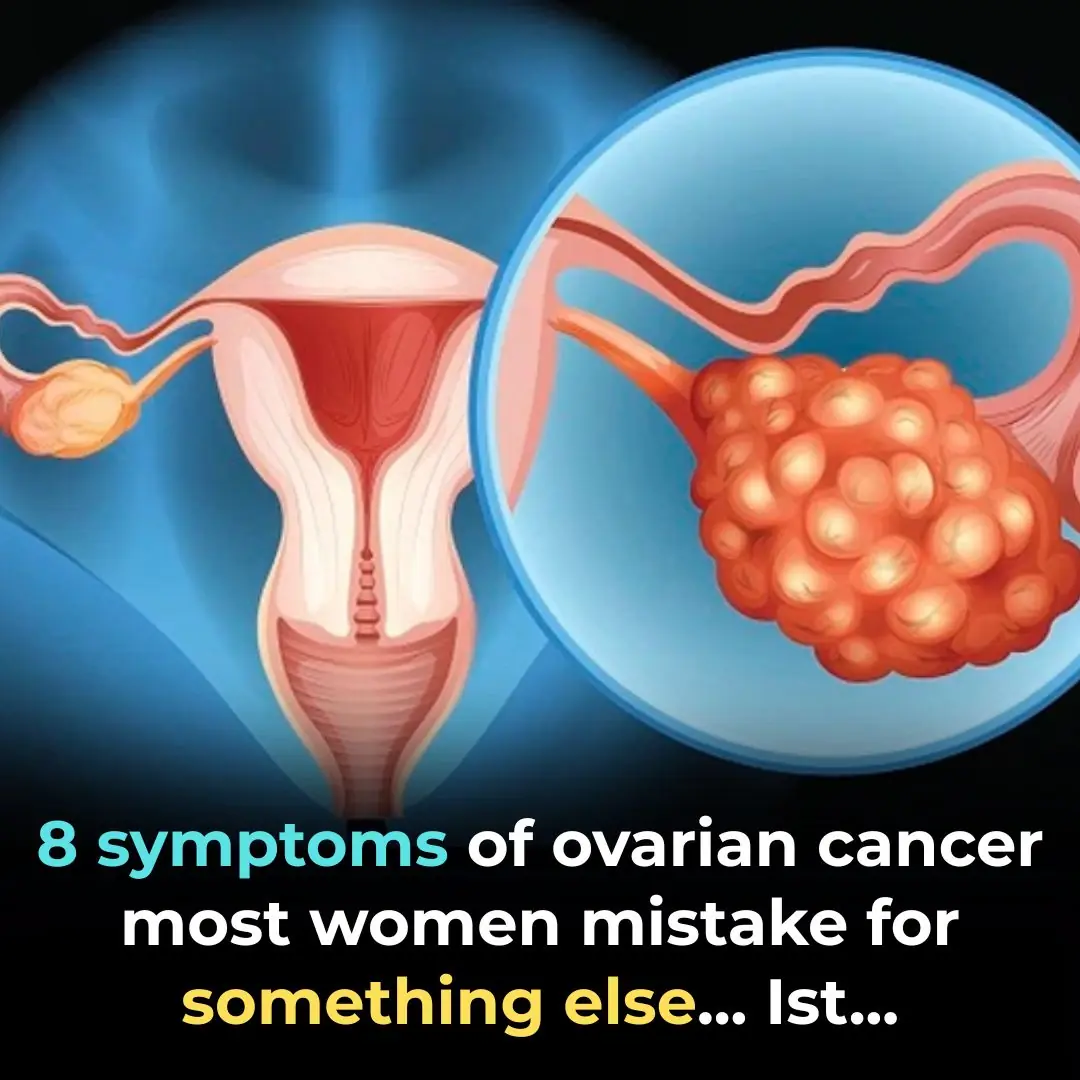
Top 8 Warning Signs of Ovarian Cancer Women ABSOLUTELY Need to Know
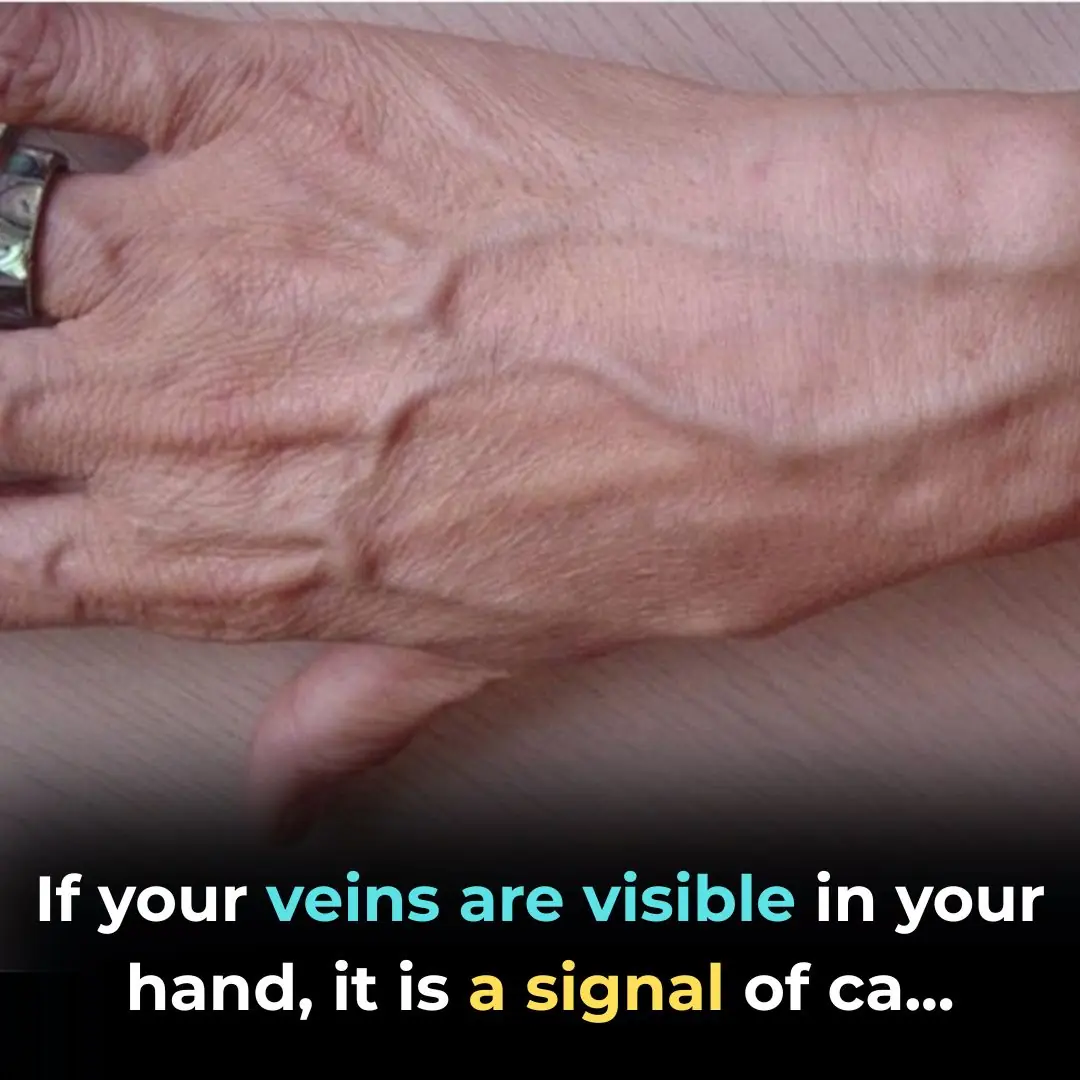
Visible Veins Explained: Normal Causes, Health Risks, and When to Worry

Canker Sores Are The Absolute WORST…Here’s How To Get Rid of Them Fast!
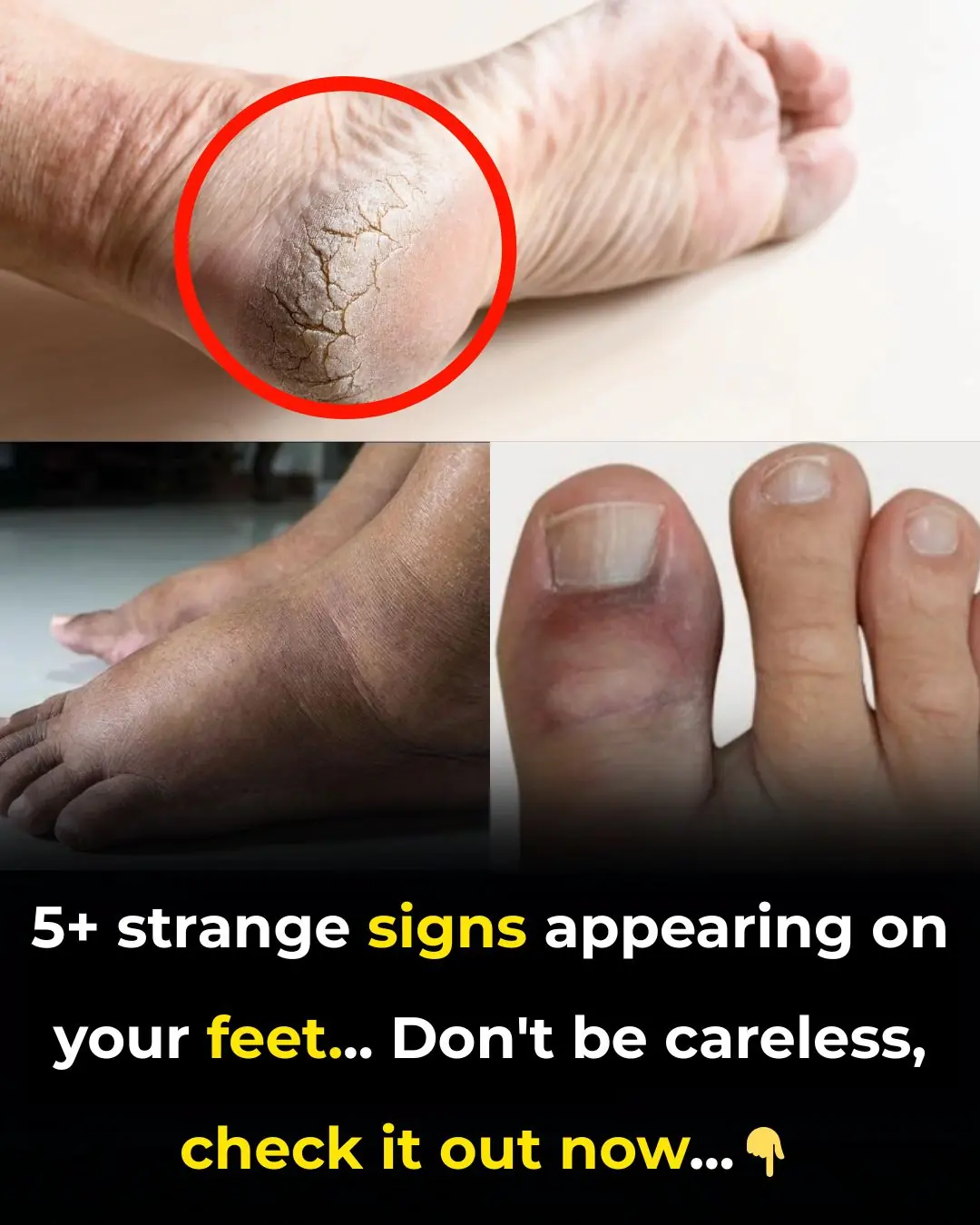
5+ Things Your Feet Can Reveal About Your Health (That You Shouldn’t Ignore)
News Post

A Gentle Giant Named Valor: The Dog Who Chose Love Over Fear

Barnie’s Long Wait: A Tale of Hope, Patience, and Unconditional Love

Willie Ortiz: The Quiet Hero Who Feeds the Forgotten

A Love That Lasts a Lifetime

A Love That Transcends Time: A Valentine’s Date Beyond Goodbye

The Bear Who Knew How to Relax.

A Simple Meal, A Profound Act of Kindness.

An Entire Dog Family Was Thrown Away — Dad, Mom, Three Daughters, and Even Grandma

This Mystery Animal Was Found by the Dumpster — Dog, Coyote, or Something In Between?

The Woman Who Rescued a “Puppy”—And Discovered She Had Raised a Wolf

Don’t Clean Your Rice Cooker with Plain Water: Use This Method to Make It Sparkling Clean in Just 5 Minutes
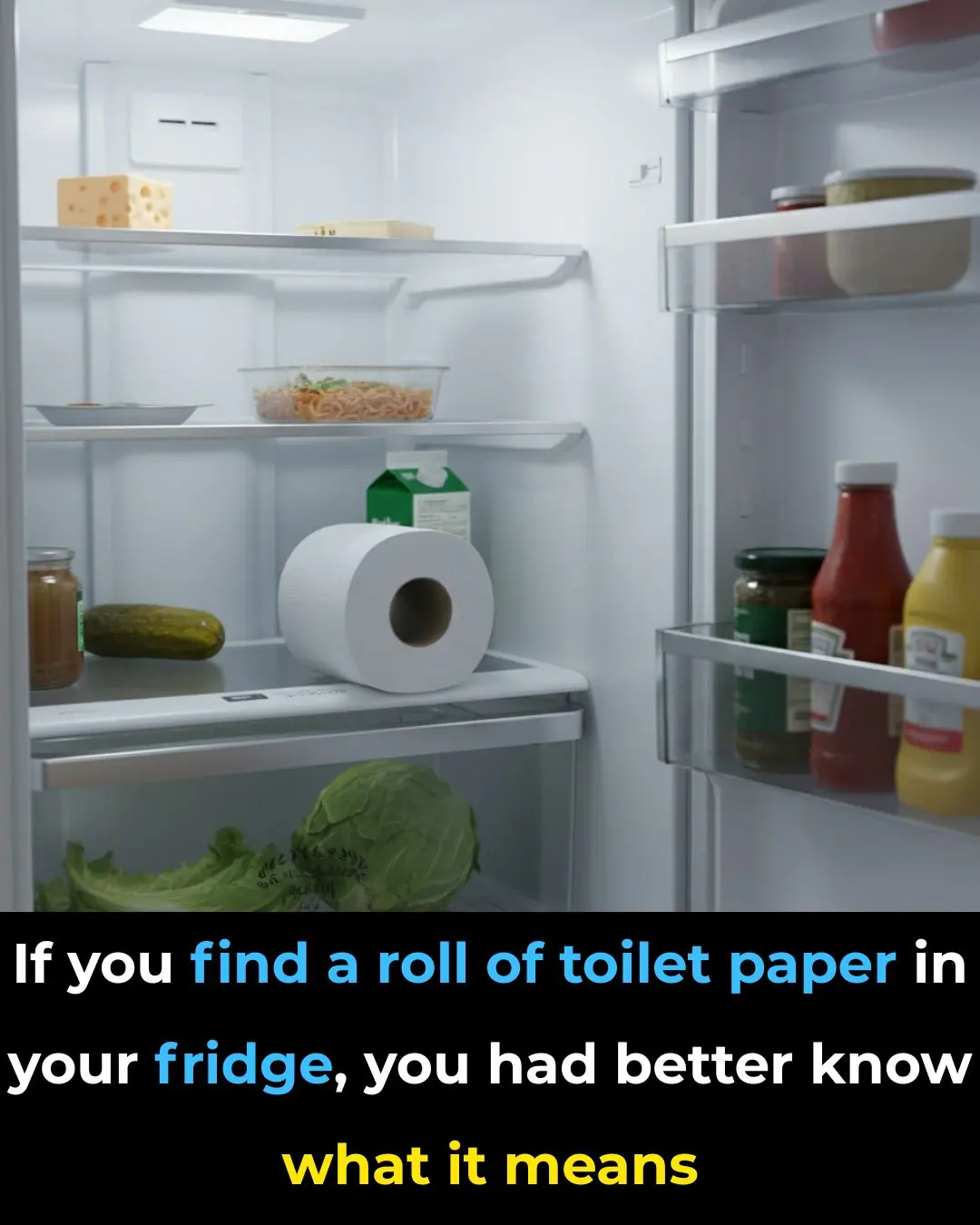
If you find a roll of toilet paper in your fridge, you had better know what it means

What Your Favorite Pie Says About You

Beautify with familiar ingredients available in every home

If you have nail fungus, try this natural cure; it goes away fast

12 everyday habits that quietly raise your stroke risk

Drink this before bed to balance blood sugar & stop nighttime bathroom trips!

Doctors reveal that consuming bananas at 11 am causes in

Fatty liver disease: 6 symptoms you need to know
